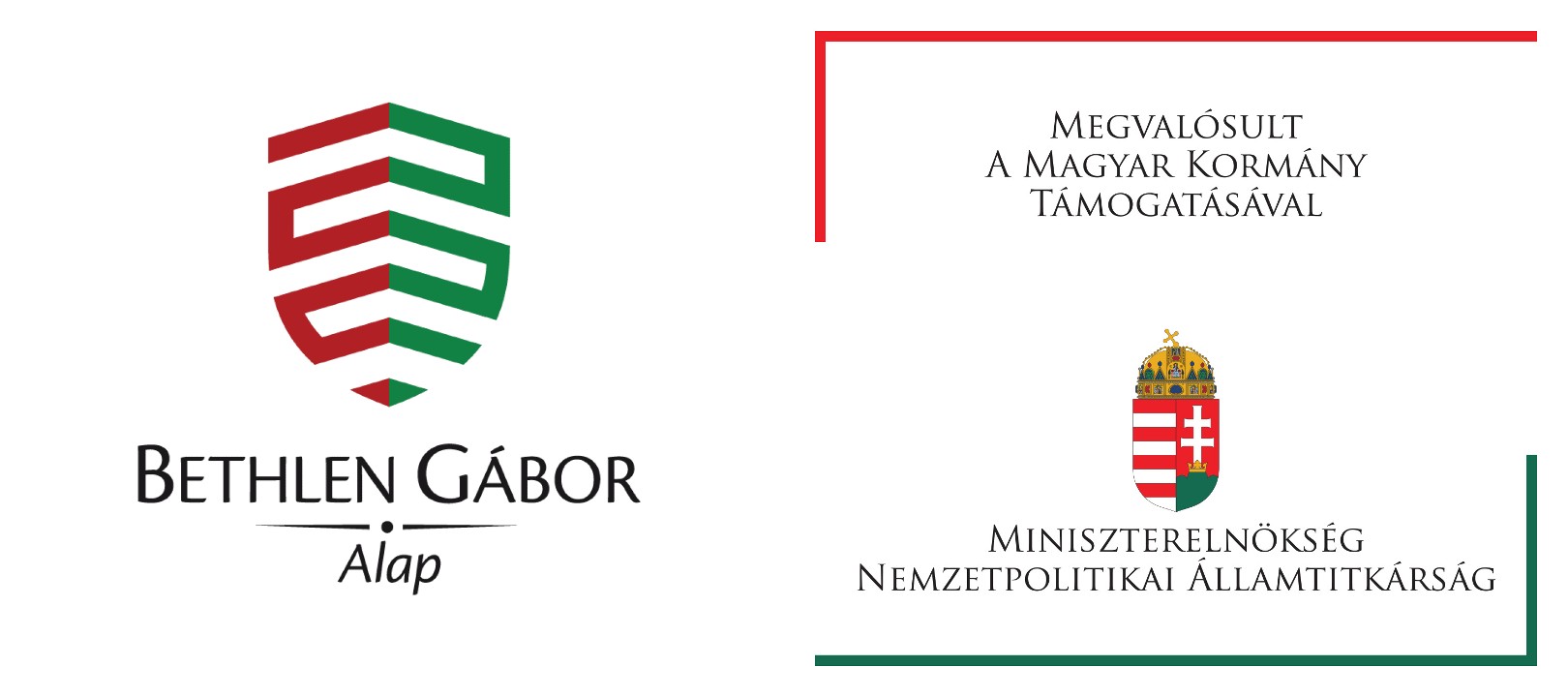Annual Activity Report for 2023
The Transylvania Trust Foundation, established 27 years ago, has organised numerous cultural and educational programmes this year as well, the details of which can be read below.
The restoration and revitalisation of Bánffy Castle, Bonțida, as one of our long-term projects, has been ongoing since 2000. Last year we have concluded a large-scale intervention that included the structural reinforcement of the main building and partial restoration of its western, Neo-Gothic wing. This spring, in the western wing we opened our permanent exhibition titled Miklós Bánffy’s Forces Fields, which presents the versatile personality and activity of the count through interactive tools.
In June, we began the renovation of the former carriage house, with the intention of converting it into an educational centre once architectural restoration is finished.
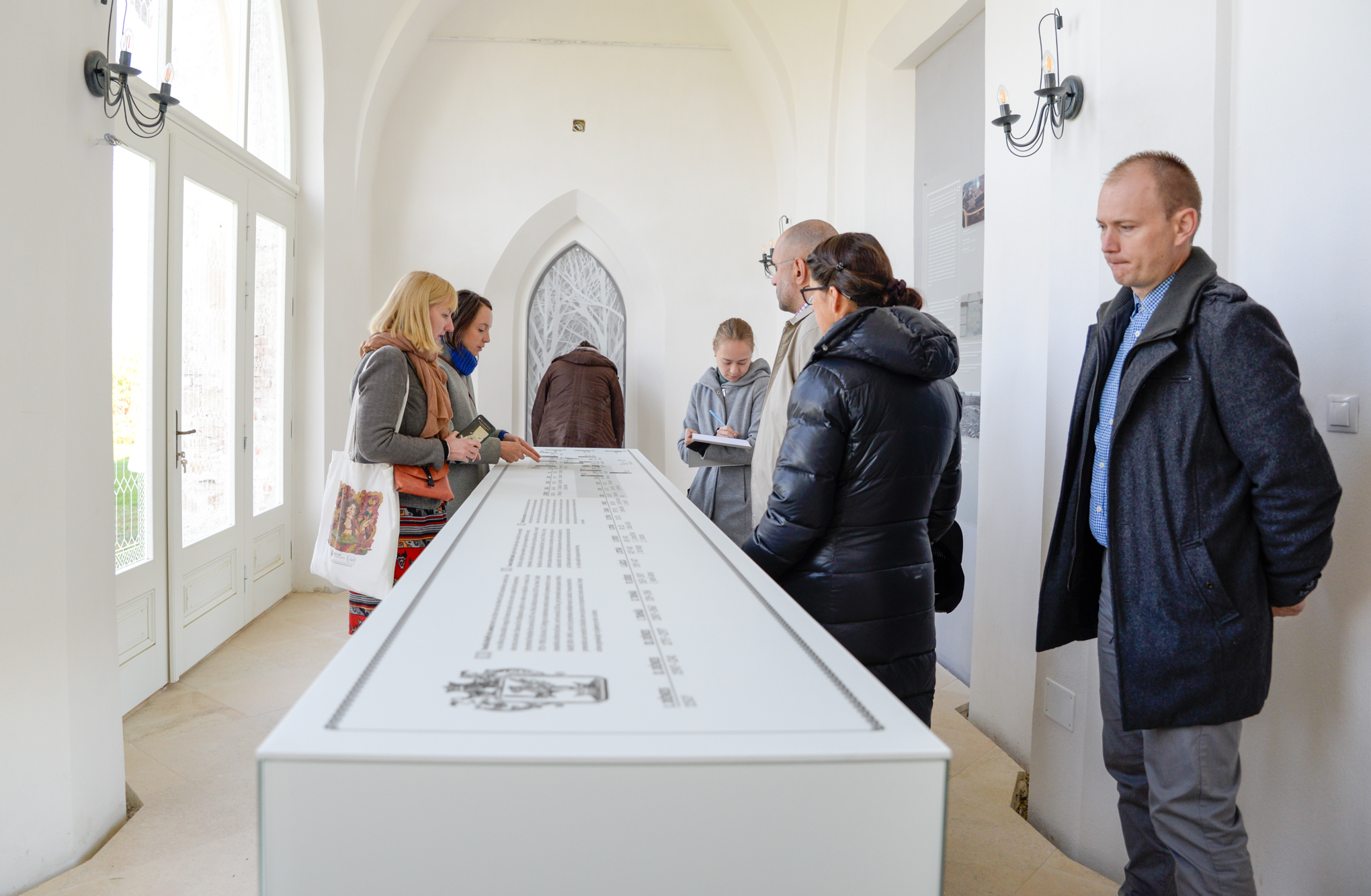
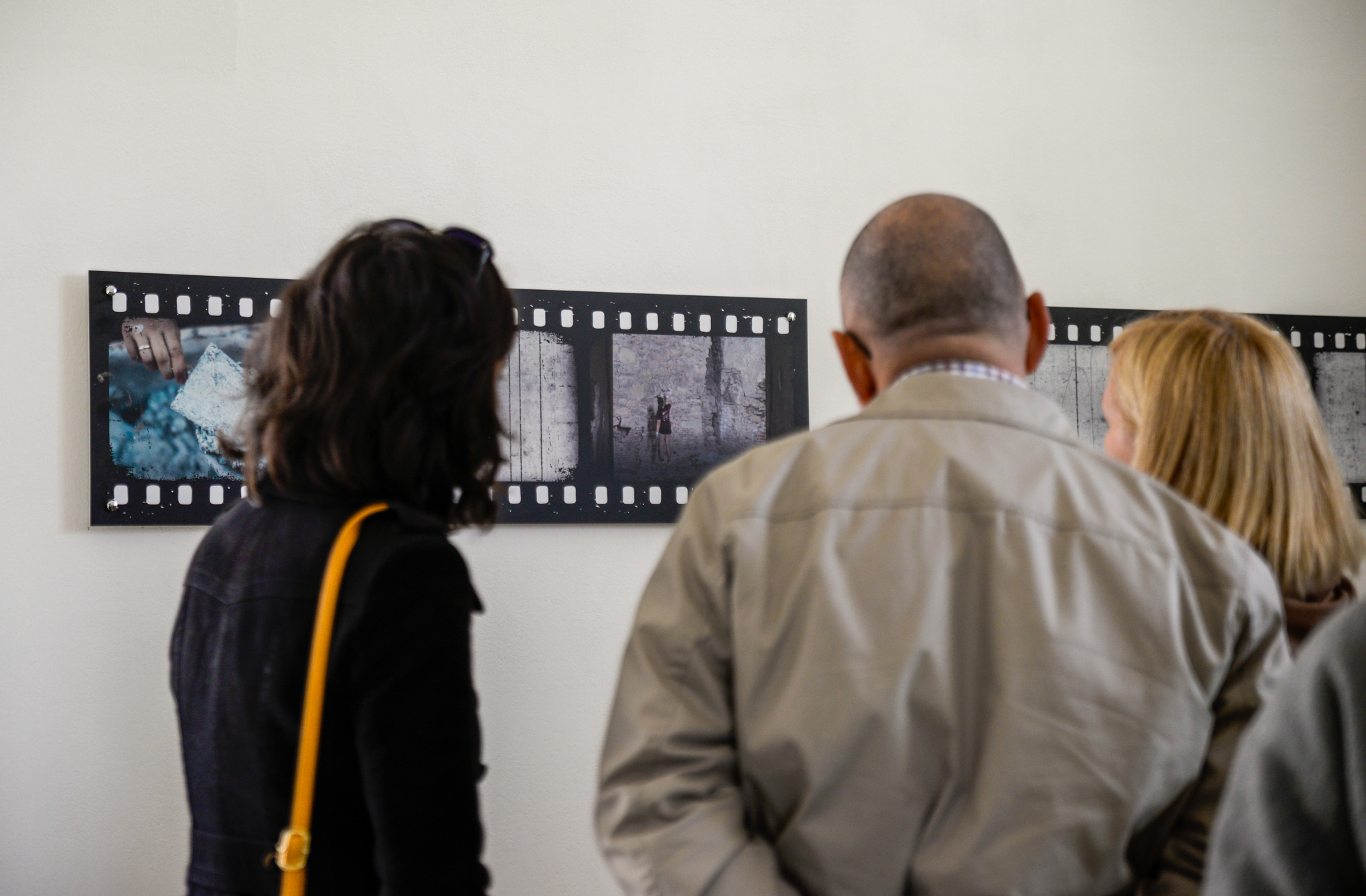
Last year, in October, we started a new academic year within our Professional Training and Development Programme in the Field of Built Heritage Protection and Conservation, organised in collaboration with Babeș-Bolyai University, Cluj-Napoca, with 30 enrolled students. Enrolment for the two-year postgraduate programme will be open again next year.
We have been organising our built heritage conservation training at Bonțida for 22 years now, to address the shortage of professionals and skilled workers in the field of historic building conservation. Until now, over 3000 participants from 32 countries have joined our programme. The two-week interdisciplinary trainings aim to preserve, utilise and pass on traditional building craftsmanship. This year, we held a total of three trainings at Bánffy Castle: the first one in April and the other two in August.
The spring event focused mainly on practical training, specifically on vault restoration, and was led by four experienced trainers. The August camps catered especially to university students (studying architecture, civil engineering, landscape architecture, archaeology, art history etc.), as well as construction industry workers, offering workshops in masonry, carpentry, joinery, and decorative plasterwork.
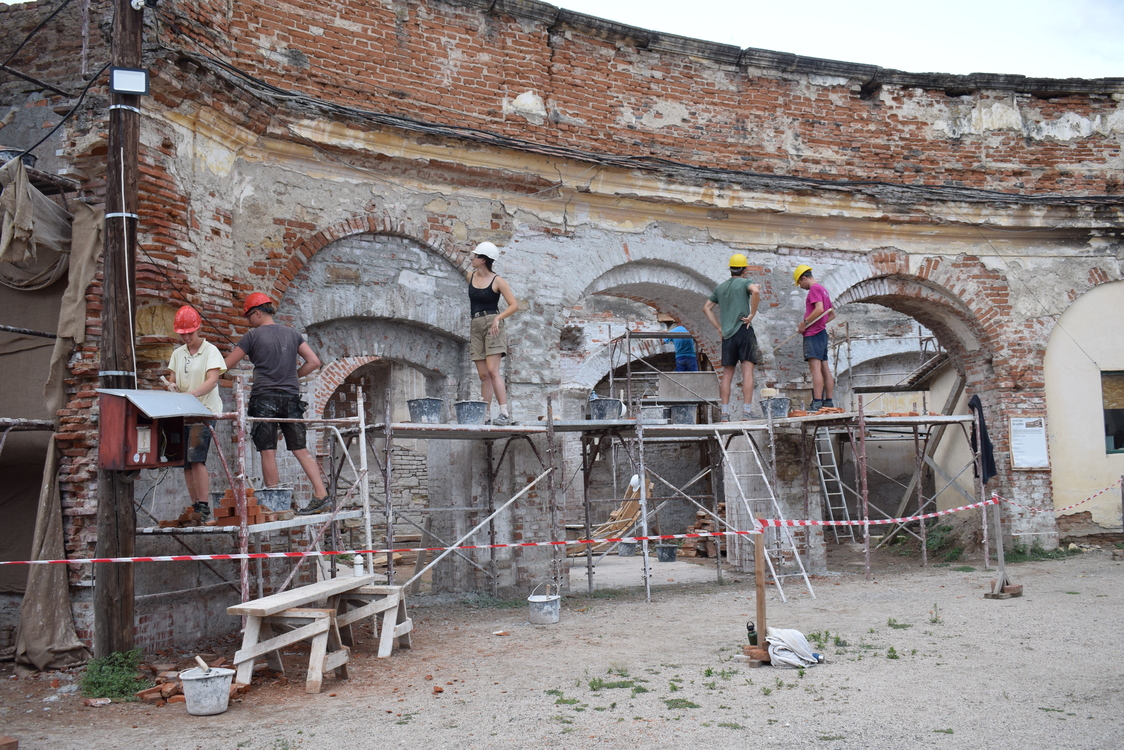
This year, we hosted two open days at Bánffy Castle, providing guided tours in Hungarian and Romanian, along with children’s and cultural activities. Given the 150th anniversary of Bánffy Miklós’ birth, we put an emphasis on showcasing the most significant moments of the count’s life and work through the exhibitions housed in the recently renovated Neo-Gothic wing of the main building.
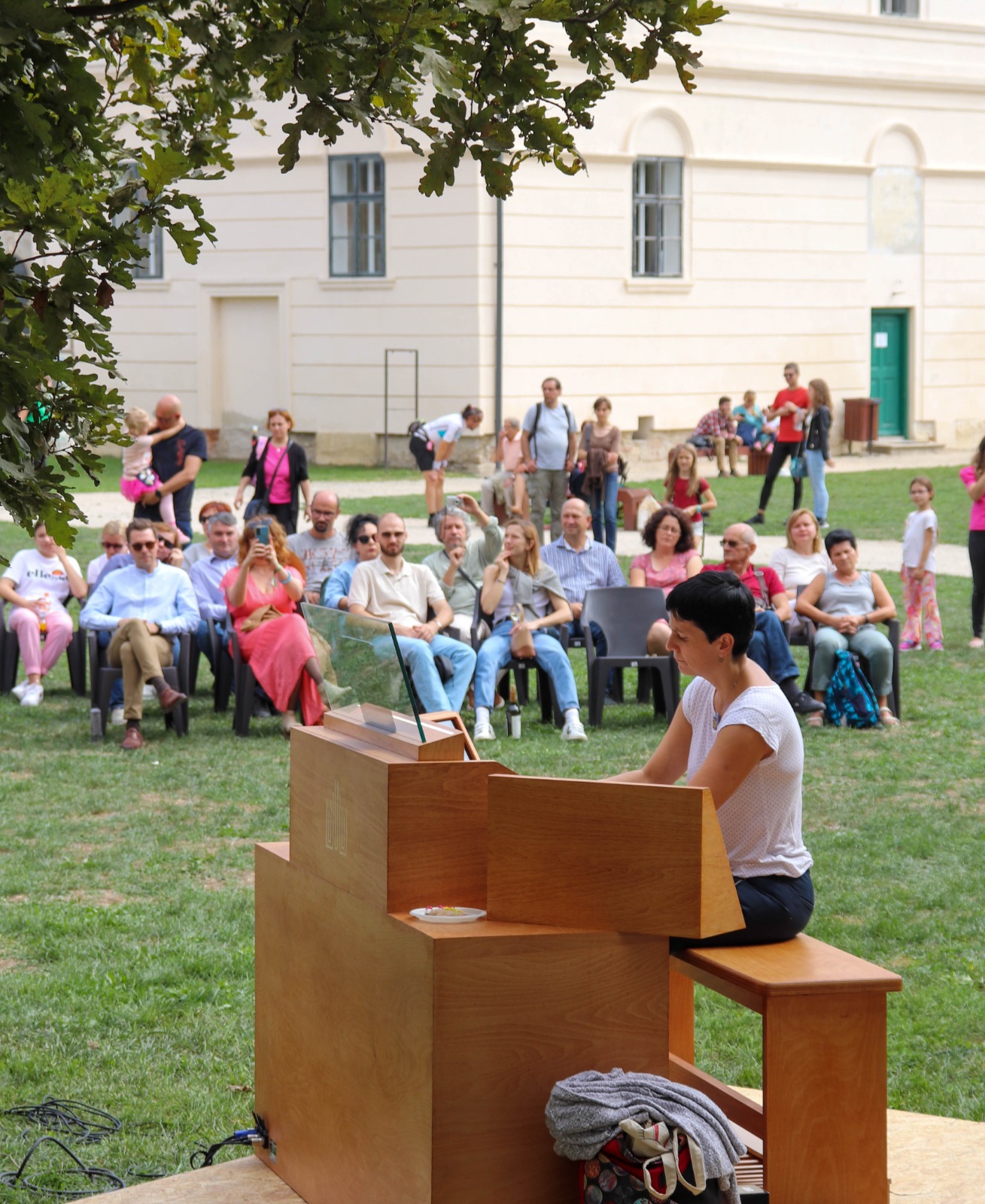
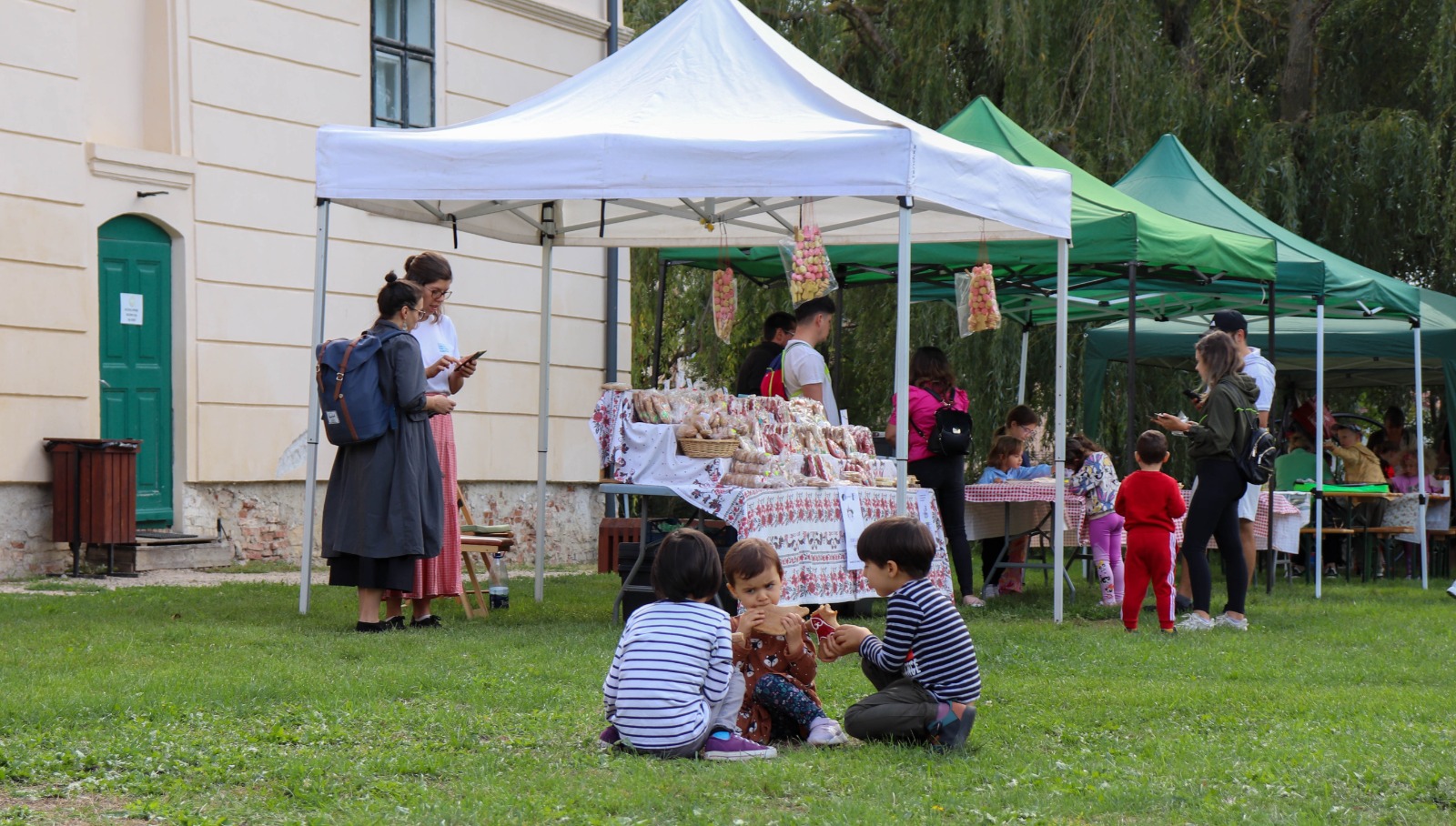
Following last year’s successful event, we organised a summer camp for primary school children yet again, aiming to raise awareness about the importance of preserving our built heritage. The June camp titled “Fairytale Path Camp” revolved around skill-building activities like horseback riding, visual storytelling with drawings and stop-motion animation, Renaissance dances, archery and fencing. These activities allowed children to deepen their knowledge of the castle’s past while freely enjoying the historical environment.
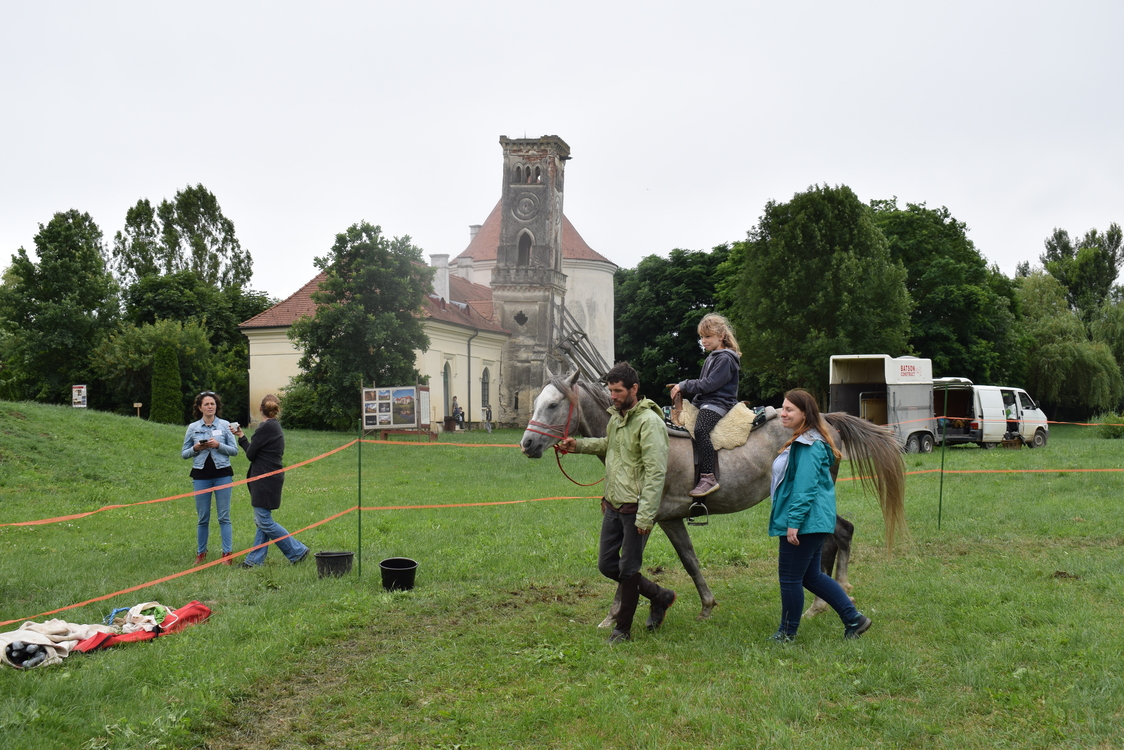

In October, we held a series of Heritage Days for Schoolchildren, employing non-formal educational methods to introduce the participants to cultural heritage. Through interactive guided tours, workshops on salon etiquette, treasure hunts and Renaissance dance lessons, the children not only learned about life in the castle but also understood the significance of preserving and utilising such buildings.


Additionally, in 2023, we expanded our project Manor Houses and Castles on the Someș Valley with three new heritage sites in Cluj-Napoca: the Citadel, the medieval fortifications of the town, and the early royal castle in Cluj-Mănăștur (Calvarly Hill). We began examining the most important monuments along the Someșul Mic River in 2021, completing art historical research and documentation on eleven castles, manor houses and fortresses, as well as presenting the results in a panel exhibition. In addition to studying these three new historic buildings, we organised an open lecture and published a book presenting all fourteen heritage buildings and sites in Cluj County.
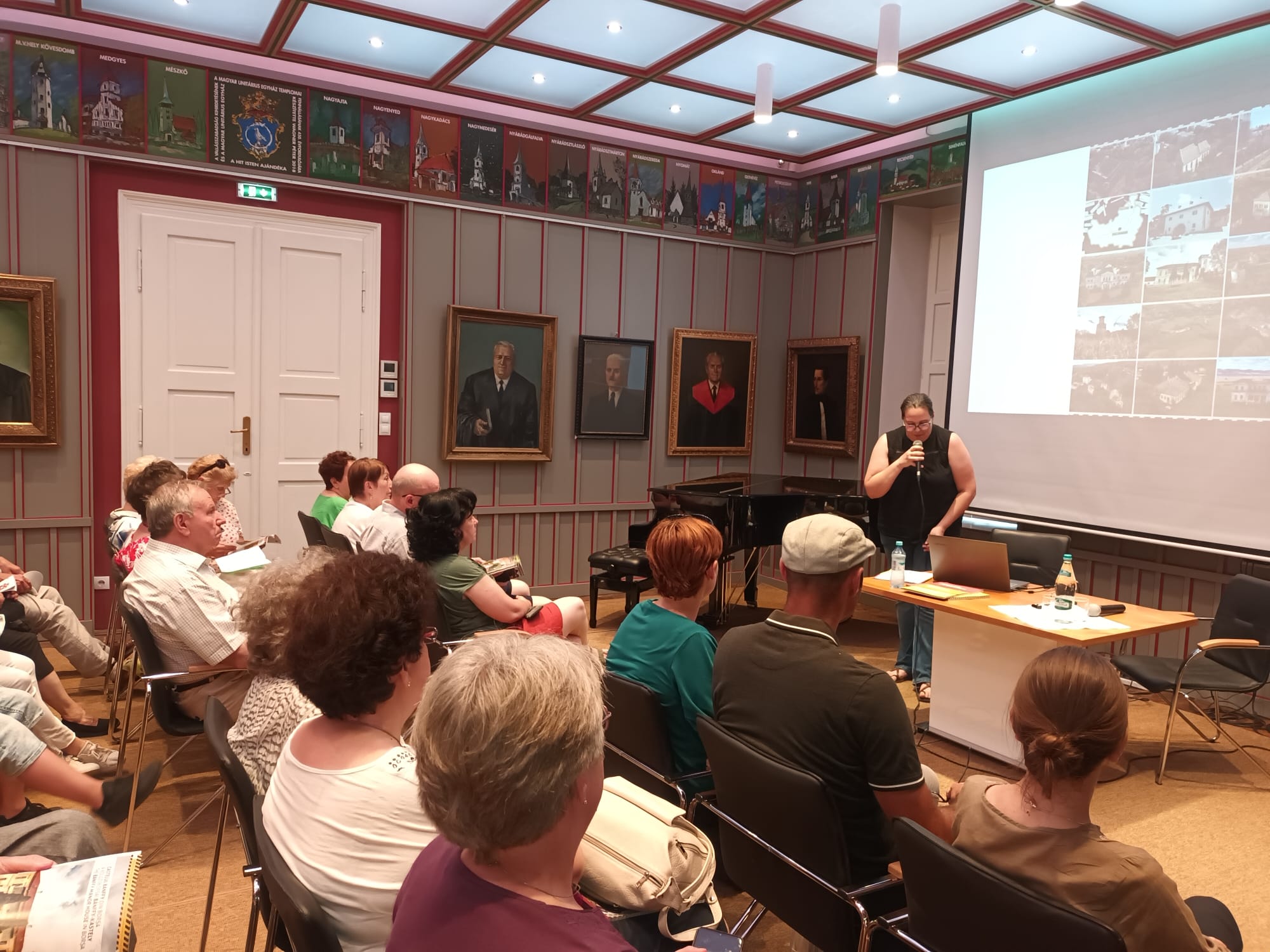
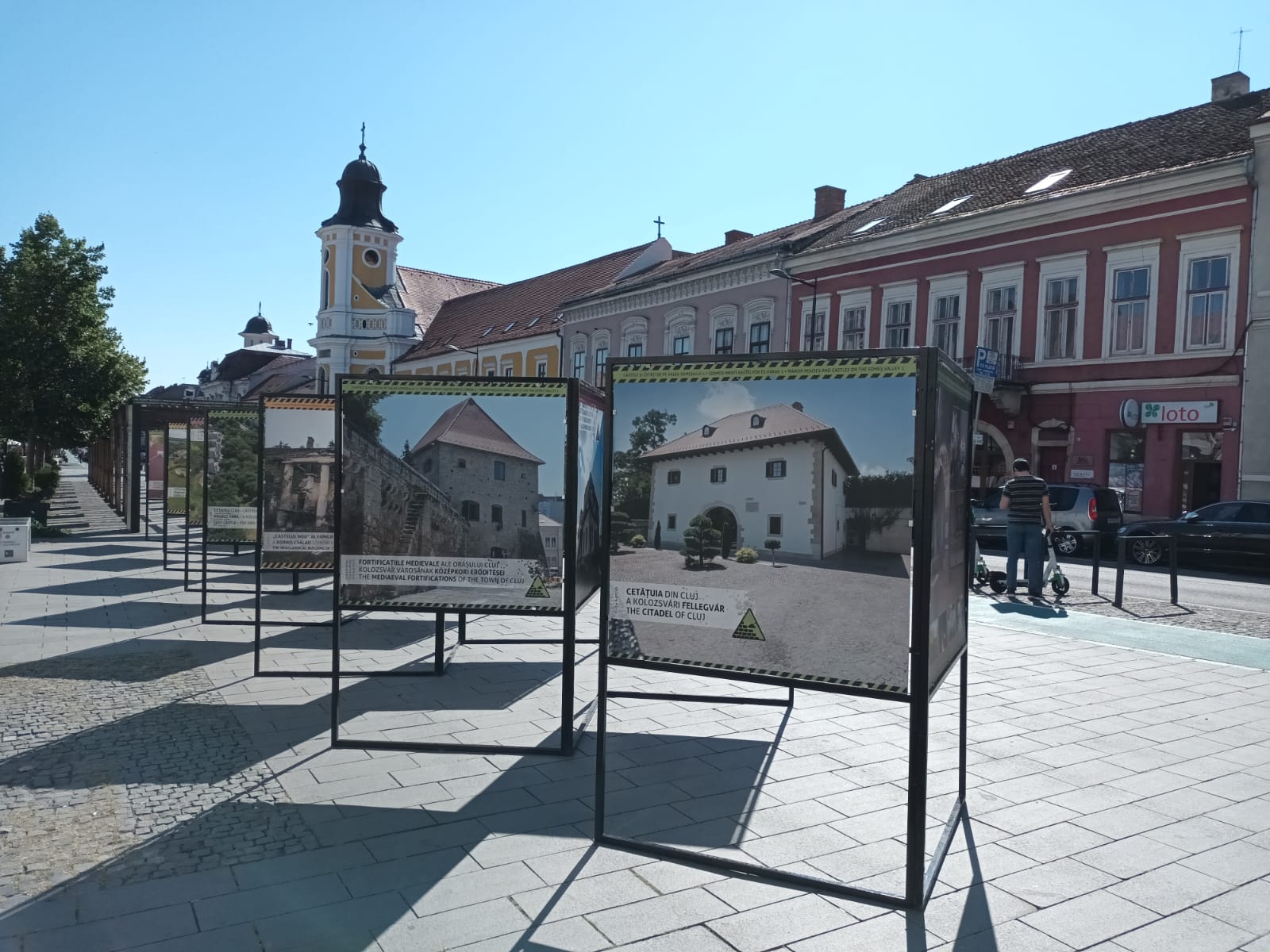
This year, we published a handbook for the SOS Heritage cooperation project co-funded by the Creative Europe Programme of the European Union. The publication showcases and evaluates examples of good practices for digital content creation and communication identified by our project partner organisations. The project’s overall aim is cultural heritage conservation and management in the context of climate change and its associated risk factors.
Our annual activities were supported by the Bethlen Gábor Fund.
